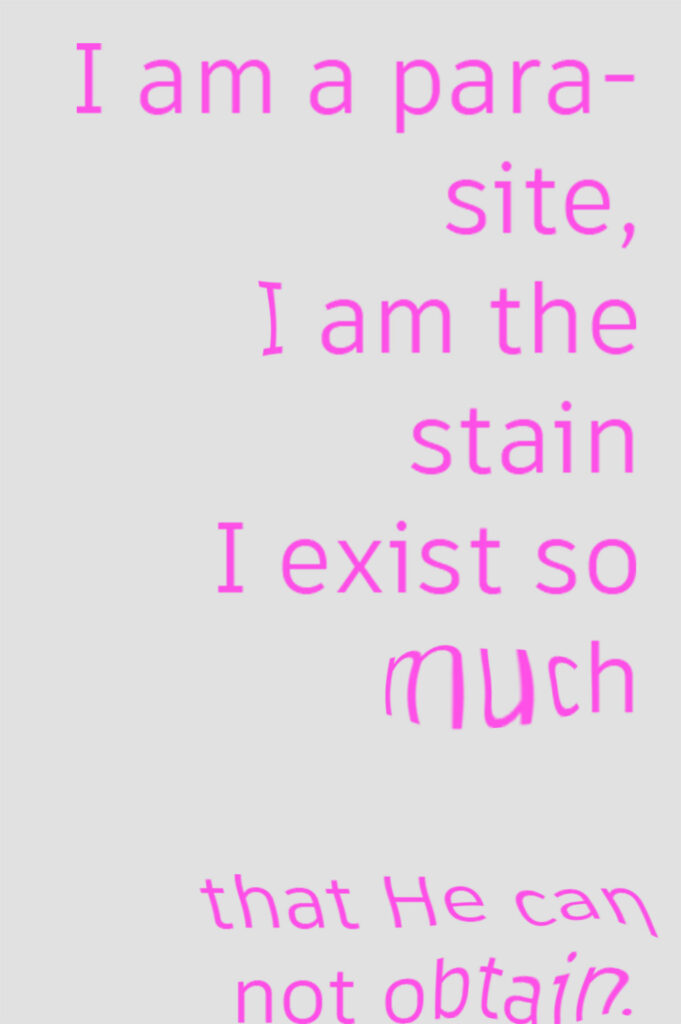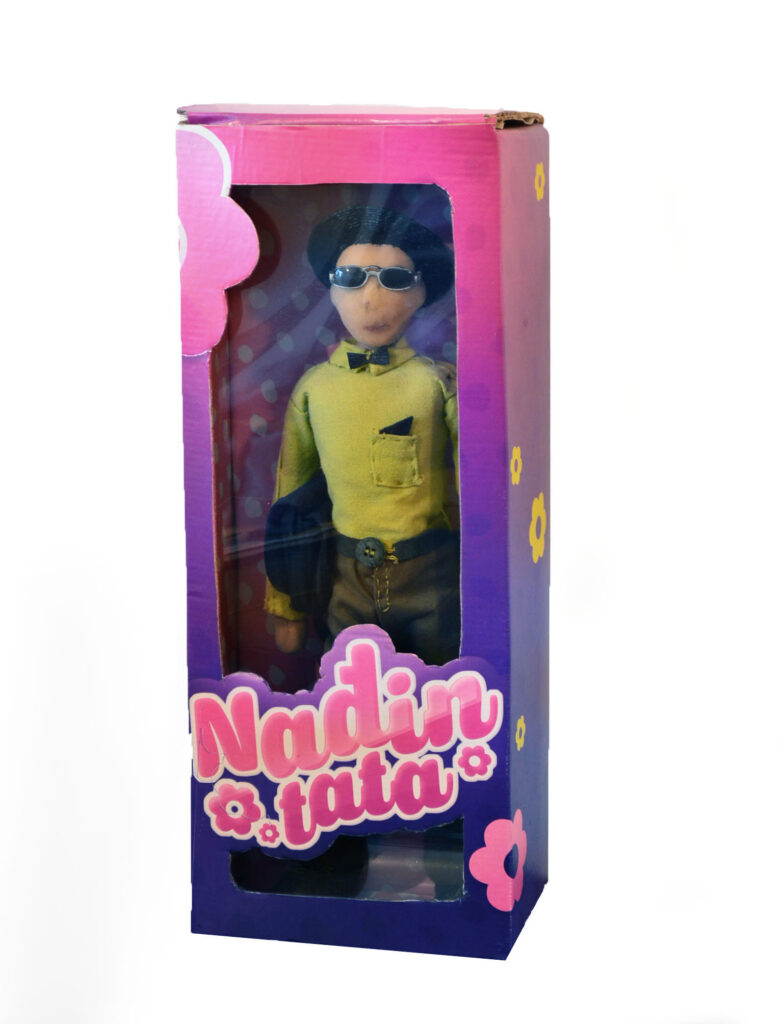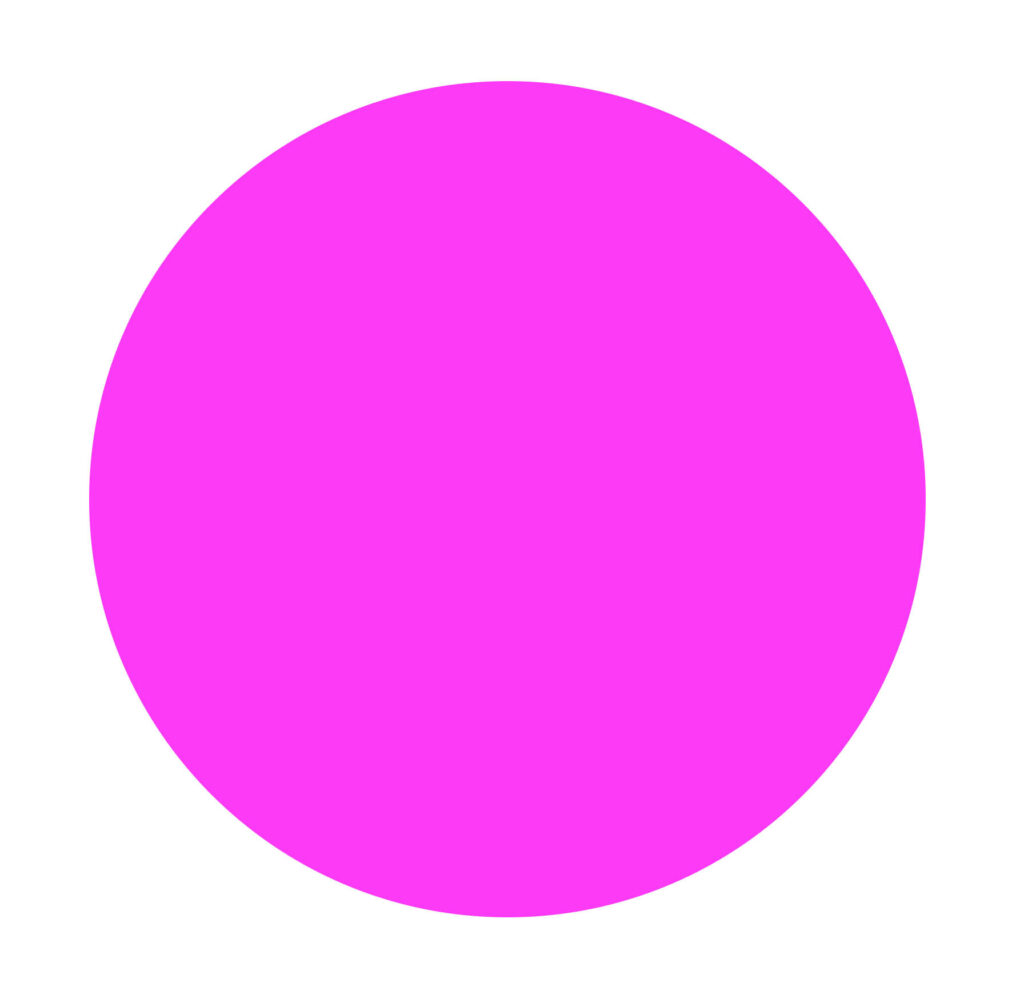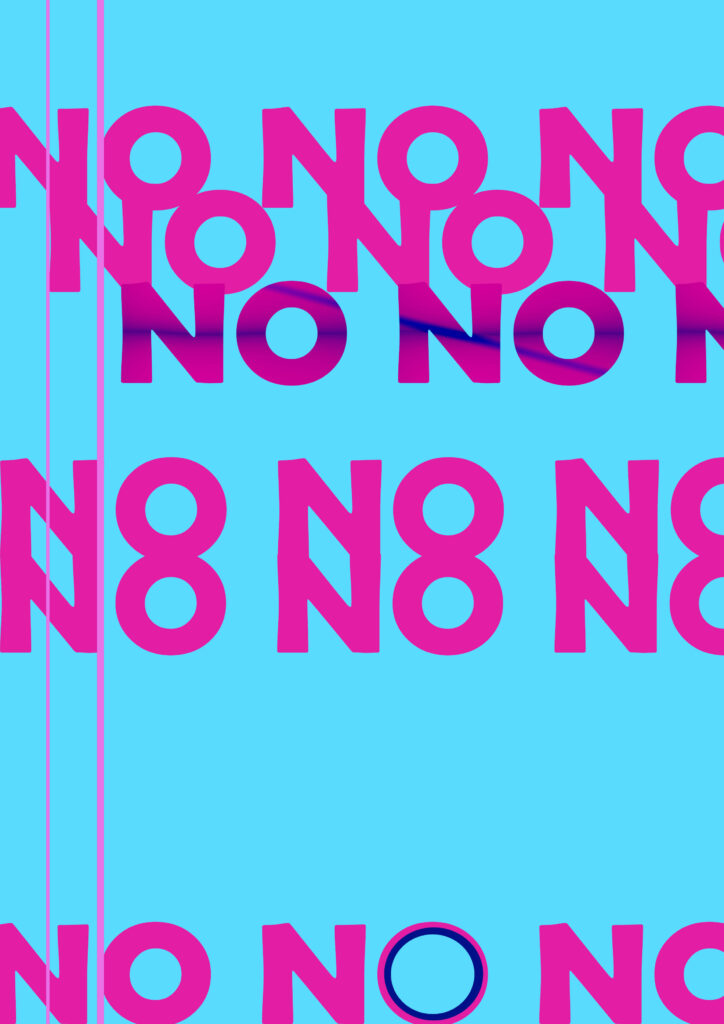Das Cover der Publikation „Complaint!“ von Sara Ahmed (2021) zeigt eine Ausstellungsfotografie der Installation „Double-Doors II, A+B“, 2006/2007 von Rachel Whiteread. In diesen fotografierten „Raum“ ist oberhalb der Türen in cremefarbenen Großbuchstaben und in 2D „Sara Ahmed“ gesetzt. Die Fotografie ist von einem ebenfalls cremefarbenen Rahmen umgeben, in dem unteren Teil des Rahmen ist der Titel des Buches und ein Zitat von Angela Davis in schwarzen Schrift und der gleichen Typografie wie oben gesetzt.
Im Zentrum des Blicks stehen die „Double-Doors“, im Unterschied zu der gesamten Publikation einschließlich ihrer Abbildungen im Innenteil in Schwarz-Weiß ist der Einband und damit auch die Fotografie der Türen in Grau-Weiß-Scharz-getönten Farben gedruckt. Dieser Farbdruck erinnert an eine Griseille-Technik oder auch an monochrome Farbfeldmalereien, sie setzen in ihren Effekten auf eine starke Schattenwirkung, wurden in verschiedenen Jahrhunderten und für verschiedene Genre eingesetzt: Griseille für mittelalterliche Tafel-/Altarmalereien oder auch Glasmalereien in Kirchen und Klöstern, Monochromie (hier in Graustufen) findet in allen Bereichen ihre Anwendung (Werbung, Fotografie, Design, Innen-/Architektur) und war ein bevorzugtes Format in der Moderne. Die Farbfeldmalereien waren oft großformatig, bis hin zur Farbengleichheit und wurden oft von männlichen Malern gemalt.
Hier nun Whitereads Doppel-Türen, zwei ganz offensichtlich nicht zusammen gehörende, unterschiedliche Türvarianten. Die Referenz auf Whiteread ist auf der Rückseite des Einbandes notiert, so dass Whitereads Name nicht in Konkurrenz zu Ahmeds Namen tritt und damit für schnelle oder kunstunwissende Leser*innen auch nicht gleich erkenntbar ist, dass es sich bei der Einbandgestaltung um die Abbildung einer künstlerischen Plastik handelt.
Whitereads künstlerische Strategie konzentriert sich im Wesentlichen darauf, Alltagsgegenstände wie zum Beispiel Matratzen, Schachteln, Wärmflaschen, aber auch Treppen und ganzen Häuser, und eben auch Türen in skulpturale Negativformen aus Harz, Gummi, Beton oder Gips zu überführen, manchmal auch vom Abdruck einen nächsten Abdruck zu nehmen. Über diesen Weg nehmen die Hohlräume, die sich in den Gegenständen verbergen, Gestalt an und werden insbesondere die Oberflächen, ihre Wunden, Kratzer und Abnutzungen materialisiert. Mit diesem Negativabgussverfahren (in der Theorierezeption auch als Mumifizierung bezeichnet) verwandelt die Turner-Preisträgerin von 1993 die vorherigen, in den vertrauten Routinen zwar vorhandenen, aber nicht erkennbaren Leeren, das scheinbar Absente in ein Volumen, das nun seinerseits wie ein Tatort Aufmerksamkeit finden kann und neue Themen und Be-/Deutungen evoziert. Hierbei kann es sich etwa um Erinnerungen, Vergangenheiten, Nostalgien, Schmerzen, Obzessionen, Pathologien etc. handeln. Das zuvor Nichtgesehene wird durch einen minimalistischen Abstrahierungs- und Materialisierungsvorgang vorstell- und sichtbar, insbesondere die Gebrauchsspuren auf den Oberflächen werden erkennbar, dokumentiert und archiviert und können von den Rezipient*innen in einem persönlichen Rezeptionsprozess be-/deutet werden. Whiteread selbst spricht von den Eingeweiden, die sie interessiert, Eingeweide, die zuvor niemand zu Gesicht bekommen hat und nun skulptural werden.
Auch Ahmed interessiert sich für bisherigen Leeren, das bisher Ungesagte und Unbeobachtete, das nun zur Präsenz finden soll. Sie seziert die „Eingeweide“, das Innenleben – und zwar von Beschwerdeoperationen: Was findet hier wo und durch wen, bei wem statt, was ist durchsetzbar, was wird unterbunden? Und sie interessiert die Spuren, die entstehen und zurückbleiben, die Schmerzen, Verletzungen und Narben, die wie in Whitereads Plastiken als womöglich traumatisierte Psychen dokumentiert und archiviert werden. Beide Kolleginnen richten dabei ihr Augenmerk auf Türen. Während Whiteread neben dem Topos das Formale als skulpturale Fragen, vielleicht auch psychologische und körperliche Ähnlichkeiten zu den Benützerinnen zu interessieren scheinen, stellt Ahmed mit den Türen sowohl deren metaphorische als auch operative Dimension heraus: Türen müssen geöffnet werden, um Beschwerden anzubringen und durchzusetzen, Beschwerden werden hinter verschlossenen Türen vorgebracht, Türen sind für diejenigen, die sich beschwerden, verschlossen oder werden geschlossen:
„Türen können uns nicht nur etwas darüber sagen, wer eintreten kann, sondern auch, wer vorbeikommt oder wer durchkommen kann. Denn wenn uns ein Weg nicht mehr offen steht, wird eine Tür zu einer Redewendung: Wir sagen, dass die Tür geschlossen ist. Eine farbige Akademikerin beschrieb ihre Abteilung als eine Drehtür, durch die “Frauen und Minderheiten” eintreten, nur um gleich wieder hinauszugehen: wusch, wusch.“ Quelle: https://feministkilljoys.com/2020/03/17/slammed-doors/
„Beachten Sie also: Macht kann durch eine scheinbar leichte Berührung wirken: Alles, was Sie tun müssen, um jemandem eine Tür zu schließen, ist, ihm eine weniger positive Referenz zu schreiben. Das bedeutet, dass die Handlungen, die Türen schließen, für andere nicht immer wahrnehmbar sind. Eine geschlossene Tür kann selbst nicht wahrnehmbar sein; wir können uns daran erinnern, wie Vielfalt als offene Tür dargestellt wird; hereinspaziert, hereinspaziert; als ob es nichts gibt, was jemanden daran hindert, hereinzukommen oder durchzukommen. Oder es könnte sein, dass die Auswirkungen der Handlungen wahrnehmbar sind, die Handlungen selbst aber nicht: Wenn jemand aufgehalten wird, scheint es, als hätte er sich selbst aufgehalten.“ Quelle: https://feministkilljoys.com/2020/03/17/slammed-doors/
Dass Whitereads Ausstellungsfotografie der Tür-Installation nun gerade in Graustufenfarben auf das Cover von Ahmeds Buch gebracht wurde, hat sicher auch mit der Ausgangsfotografie zu tun. Whitereads Material, sowohl die Plastiken und Installationen als auch die Ausstellungsfotografien, fallen nicht selten in dieser Farbgebung aus. Aber mit der Entscheidung, den Einband so und genau so zu gestalten, verschmelzen nächste semantische Ebenen miteinander: Es geht um die „Eingeweide“, die in Anwendung der Technik der Griseille oder der Monochromie nun schon genauer bezeichnet werden können. Denn diese künstlerischen Techniken referenzieren bestimmte Orte (Kirchen, Klöster), Zeiten (Moderne) und Praktizierende dieser Techniken (männliche Künstlerkollegen) und können damit sehr genaue strukturelle und kulturelle Techniken und Rahmenbedingungen bestimmen. Der Einsatz von Griseille und Monochromie nimmt damit einen Metakommentar auf das Thema vor: Achtung, scheint das Cover mitzuteilen, wir befinden uns mit den nun folgenden Inhalten zwischen den Buchdeckeln in toxischen, ideologischen, (quasi-)religiösen, traumatischen, malträtierenden, in wirkmächtigen Bedeutungszusammenhängen patriarchial wirksamer Strukturen und Kulturen.
In diesem Kontext ist auch das für die Umschlaggestaltung ausgewählte Zitat der Altvordern von US-amerikanischer Bürgerrechtsbewegung und Feminismus Angela Davis zu verstehen: „Complaint! is precisly the text we need at this moment.“ Wie Whitereads künstlerische Strategie, Negativformen zu Positivformen umzuwandeln bzw. im Negativabdruck das Positiv zu erkennen – beispielsweise im Loch den Türknauf – wird genau das auch für Ahmeds Buch in Aussicht gestellt; der Einsatz von Gips für die Materialisierung des Absenten, das als ein Heilungsmaterial (in) der Medizin eingesetzt wird, weist die Richtung des hier vorgetragenen Anliegens.












